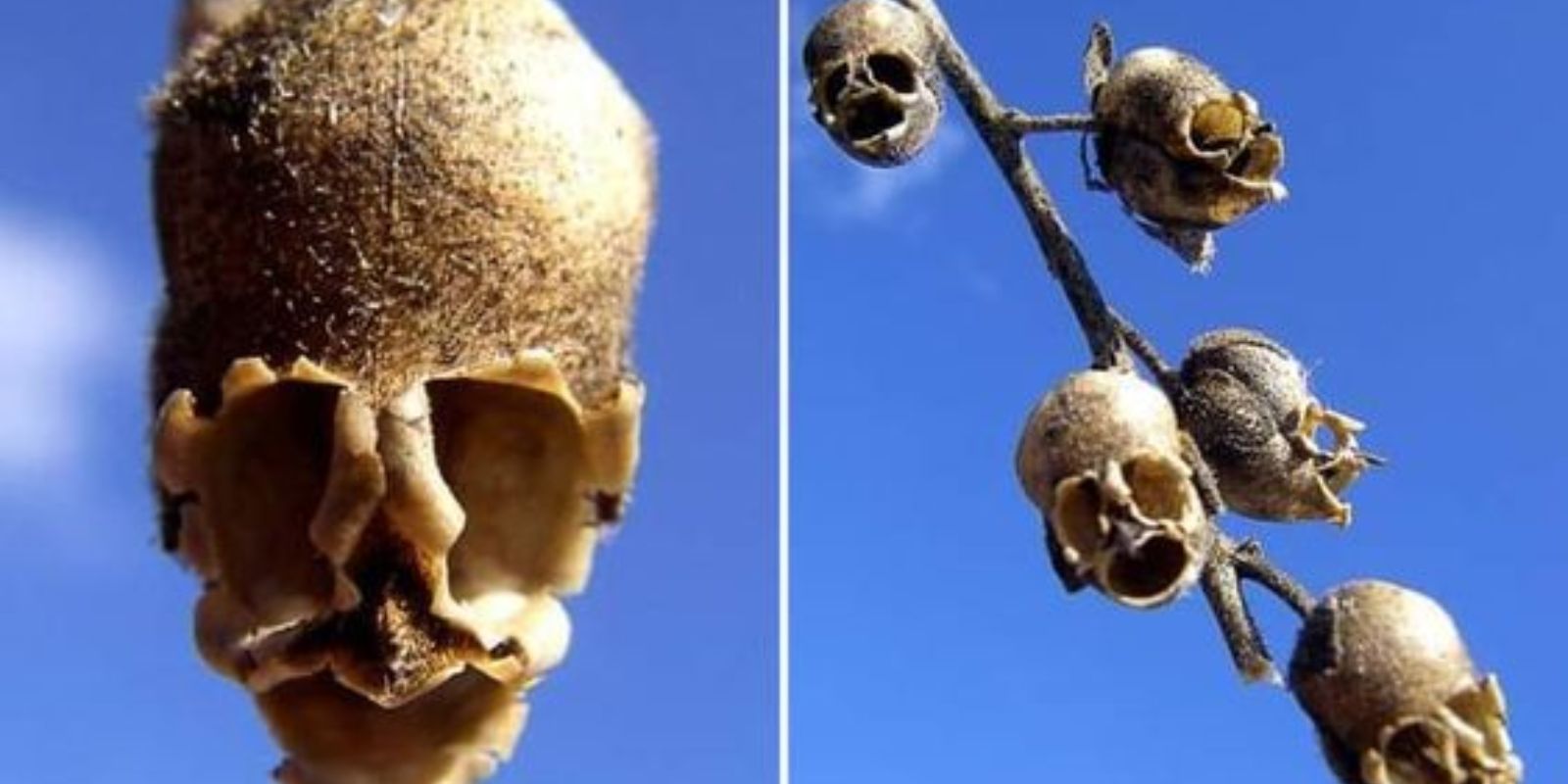Snapdragon flowers (Antirrhinum majus) are a popular garden plant, admired for their striking colors and unique, dragon-shaped blooms. These flowers, which come in a variety of hues including red, pink, yellow, and white, are a delightful addition to any garden, attracting bees and hummingbirds. However, beyond their beauty lies an intriguing and somewhat eerie feature: the dried seed pods of snapdragons resemble tiny, brown, shrunken skulls. This article explores the lifecycle of snapdragons, the formation of these curious seed pods, and how gardeners can harvest and enjoy them.
The Lifecycle of Snapdragon Flowers
Snapdragons are annual or short-lived perennial plants native to the Mediterranean region. They are commonly grown as annuals in colder climates but can survive as perennials in milder areas. The plant’s name, “snapdragon,” is derived from the flower’s unique shape and the way it snaps open when squeezed, resembling a dragon’s mouth. This feature makes them particularly appealing to children and garden enthusiasts.
Growing Snapdragons
- Planting: Snapdragons can be grown from seeds or purchased as young plants from nurseries. They prefer well-drained soil and a sunny location but can tolerate partial shade. Plant snapdragon seeds indoors 6-8 weeks before the last frost date, or sow them directly into the garden in the spring. Young plants should be spaced about 6-12 inches apart, depending on the variety.
- Caring for Snapdragons: These plants are relatively low-maintenance. Regular watering is essential, especially during dry spells, but it’s important not to overwater as snapdragons do not like soggy soil. Mulching around the base of the plants can help retain moisture and keep the roots cool. Deadheading, or removing spent flowers, encourages more blooms and extends the flowering period.
- Fertilization and Pests: A balanced, slow-release fertilizer applied during the growing season can promote healthy growth and vibrant blooms. Snapdragons are generally resistant to pests, but they can occasionally be affected by aphids, spider mites, or fungal diseases. Regular inspection and prompt treatment with insecticidal soap or neem oil can keep these issues in check.
The Formation of Skull-Like Seed Pods
As the blooming season ends, the flowers of the snapdragon begin to wither and die. This process leads to the formation of seed pods, which are the plant’s natural way of producing seeds for the next generation. The seed pods of snapdragons are particularly fascinating because, once dried, they bear a striking resemblance to tiny, brown skulls. This phenomenon has captured the imagination of many gardeners and nature enthusiasts.
Why Do Snapdragon Seed Pods Look Like Skulls?
The skull-like appearance of the dried snapdragon seed pods is a result of the flower’s unique structure. As the flower withers, the base of the bloom, where the seeds develop, hardens and dries out. The shape and arrangement of the seed pod’s outer layers, combined with the way the seed chamber splits open, create a formation that resembles a miniature skull. This eerie transformation is purely natural and serves no specific purpose other than to protect the seeds within.
Harvesting and Storing Snapdragon Seeds
The skull-like seed pods of snapdragons are not only an interesting garden curiosity but also an excellent source of seeds for propagating new plants. Harvesting these seeds allows gardeners to continue growing snapdragons year after year, often with the added excitement of seeing new color variations and forms.
Steps to Harvest Snapdragon Seeds:
- Wait for the Pods to Dry: Allow the seed pods to dry completely on the plant. This usually occurs in late summer to early fall. The pods will turn brown and brittle when they are ready for harvest.
- Collect the Pods: Gently remove the dried pods from the plant. It’s best to do this on a dry day to prevent moisture from affecting the seeds.
- Extract the Seeds: Carefully open the pods over a container to release the small, round seeds. Each pod can contain dozens of tiny seeds.
- Store the Seeds: Place the seeds in a paper envelope or small container and label them with the date and type of plant. Store the seeds in a cool, dry place away from direct sunlight.
- Sow the Seeds: Snapdragons are easy to grow from seeds. They can be started indoors in seed trays or sown directly into the garden. Keep the soil moist and provide plenty of light for the seedlings.
The Fascination with Snapdragon Seed Pods
The unique appearance of snapdragon seed pods has made them a topic of interest and fascination among gardeners and plant enthusiasts. The resemblance to skulls has led to various folklore and cultural associations, adding an element of mystery and intrigue to these otherwise cheerful plants. In some cultures, snapdragon seed pods are considered symbols of protection and warding off evil spirits, due to their unusual appearance.
Conclusion
Snapdragon flowers are more than just a colorful addition to the garden. Their fascinating lifecycle, from vibrant blooms to skull-like seed pods, offers a unique glimpse into the wonders of nature. Whether you’re an experienced gardener or a curious novice, growing snapdragons can be a rewarding experience, providing both beauty and intrigue. By harvesting and saving the seeds, you can ensure that these captivating plants continue to brighten your garden year after year. So, the next time you see a snapdragon in bloom, remember that there’s more to this plant than meets the eye. The tiny, skull-like seed pods are a testament to the plant’s intriguing life cycle and a reminder of the endless surprises that nature has to offer.

